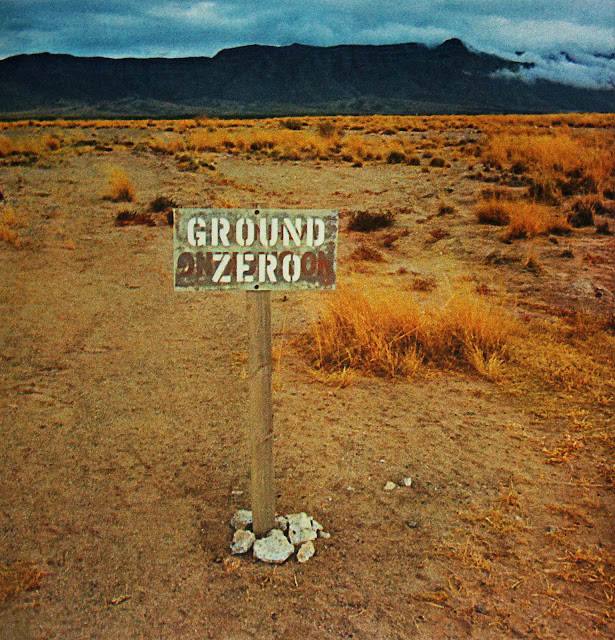In his 1928 Trauerspiel book, Benjamin maps the vision of fate at work in baroque drama and revenge plays: in the world of tyrants, intriguers, usurpers and traitors, the relentless unfolding of death and doom takes place not on the stage of myth, but on that of history itself.
Benjamin dissects the melancholy that animates allegory as cultural code: a method of literary-visual creation and interpretation but also a productive stance vis-à-vis history locked in catastrophic mode.
In the Trauerspiel, history comes on stage “as script,” as the writing on the wall that speaks incessantly of transience and mortality: the ruin, the relic, the mark or graffito, the death’s head – the material wreckage and aftermath of disaster.
All are ciphers of transience and decay that have to be read, decoded, interpreted.
As a stage prop, the death’s head condenses the point at which nature and history cross.
Benjamin dissects the melancholy that animates allegory as cultural code: a method of literary-visual creation and interpretation but also a productive stance vis-à-vis history locked in catastrophic mode.
In the Trauerspiel, history comes on stage “as script,” as the writing on the wall that speaks incessantly of transience and mortality: the ruin, the relic, the mark or graffito, the death’s head – the material wreckage and aftermath of disaster.
All are ciphers of transience and decay that have to be read, decoded, interpreted.
As a stage prop, the death’s head condenses the point at which nature and history cross.
 Adorno develops Benjamin’s scheme into an apologia for philosophy after Auschwitz. Interpretation, he writes in the 1964 lectures, “presupposes the decay of systems” – of philosophy as the project of thinking and ordering the totality under unifying concepts.
Adorno develops Benjamin’s scheme into an apologia for philosophy after Auschwitz. Interpretation, he writes in the 1964 lectures, “presupposes the decay of systems” – of philosophy as the project of thinking and ordering the totality under unifying concepts.Now these systems are shattered, refuted by the course of history, radically problematized and discredited.
But these ruined systems of meaning were always dialectical entanglements of truth and untruth. Their truth still survives, but now locked up in the ruins – in the fragment or concrete detail. These in turn become the objects of philosophical decoding, “or, God help us, hermeneutics.”
Critical philosophy can’t restore the system-building impulse. Rather, the only “joy of thinking” left, the only strong philosophical experience, is in interpretation.
In this moment of blocked revolutionary praxis, the energies that used to go into radical praxis now have to go into philosophical decoding and the tenuous making of art - so Adorno.
Not the whole, then, but only the singular part is the refuge of truth. But, in Adorno’s version, unreserved immersion in detail and fragment recovers the truth of the ruined system and thereby points back to the social totality and the possibility of a passage beyond it.
Making revolution is no longer his, Adorno’s, problem, but his negative dialectic holds open its possibility: objectively, the whole could become true. The tireless critique of false reconciliation insists on the necessary idea of a true one.
And in political terms, this rescue of the particular means insisting on subjectivity, the experience of individuals and their claim to freedom and happiness: no revolution without the non-identical.
And in political terms, this rescue of the particular means insisting on subjectivity, the experience of individuals and their claim to freedom and happiness: no revolution without the non-identical.





No comments:
Post a Comment